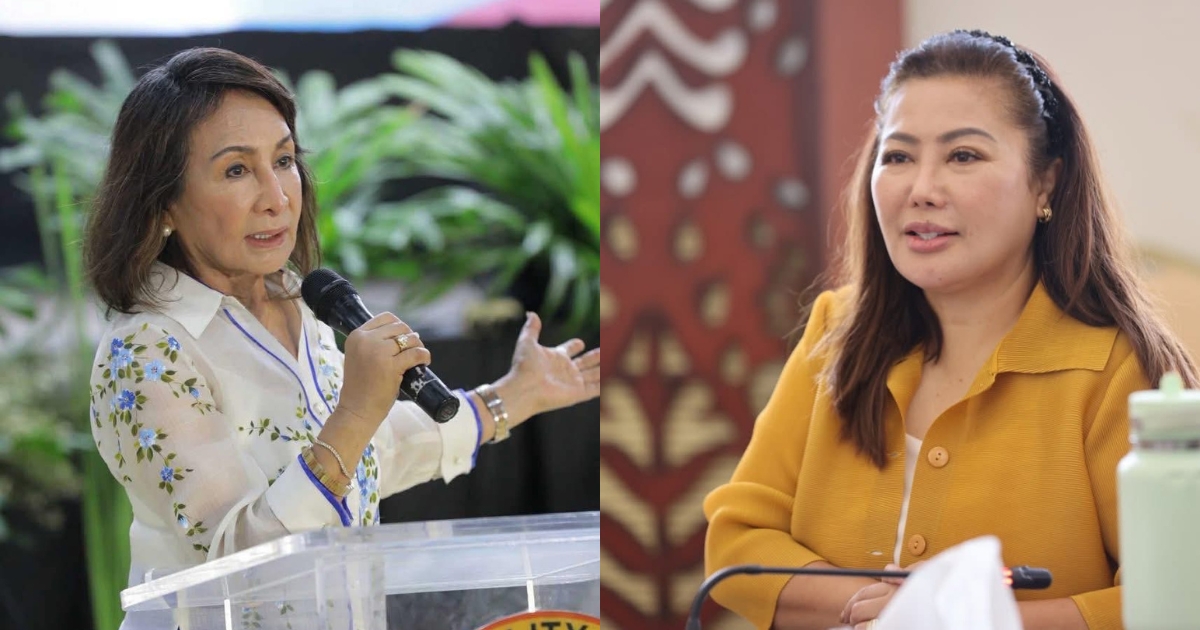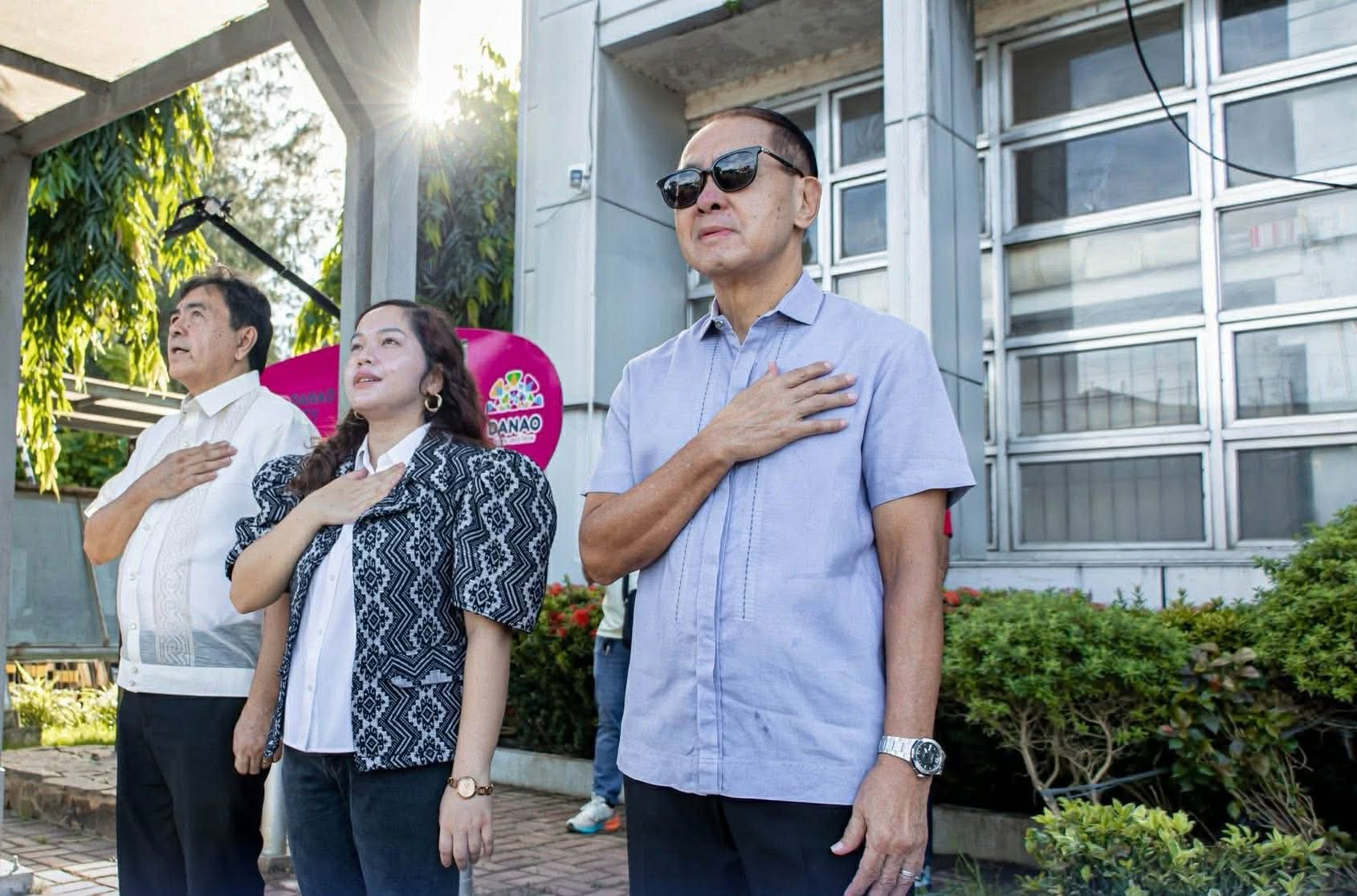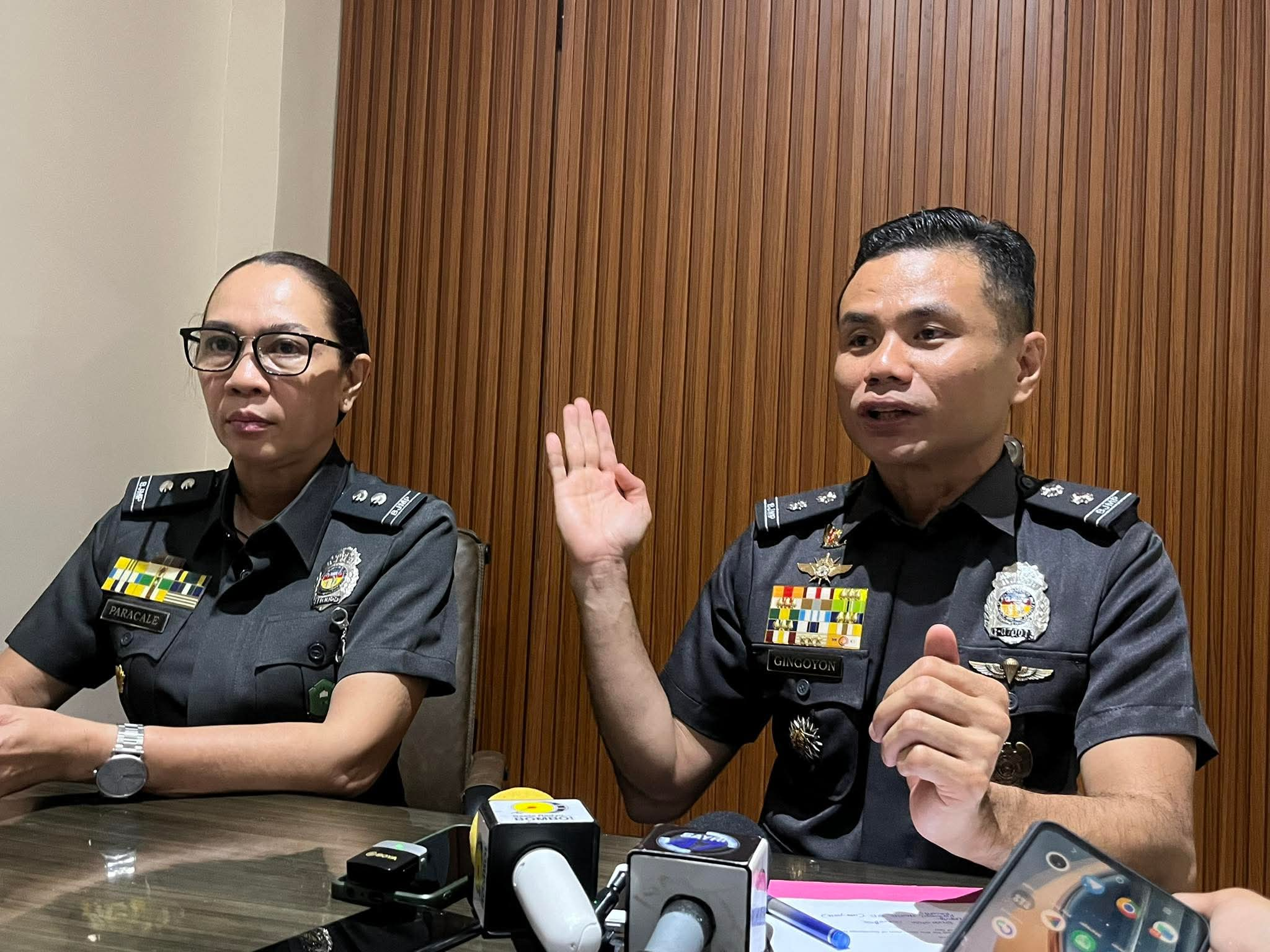CEBU’S P26-billion flood control projects have resurfaced in public debate after Typhoon Tino caused massive flooding across the province, but former governor Gwendolyn Garcia maintains her administration had no involvement in the initiatives.
Garcia clarified that the projects were funded by the national budget and implemented by the Department of Public Works and Highways (DPWH), not the Provincial Government.
To counter allegations linking her to the flood control programs, she shared a recorded interview with One News along with a caption stating: “Now it’s clear: the P26-billion flood control fund was part of the national budget and implemented by the DPWH, not by the Cebu Provincial Government.”
In the interview, Garcia emphasized that the P26 billion cited by officials were national funds distributed by the DPWH to districts across the province.
She explained that during her term, she insisted that DPWH secure approval from the Provincial Board before implementing any project, in accordance with Sections 27 and 28 of the Local Government Code.
Garcia also noted that Cebu City is independent of the Province, and many drainage projects there, managed by the DPWH, remain unfinished—a factor that worsened flooding during the recent rains.
Governor Pamela “Pam” Baricuatro criticized the flooding as “preventable” and said the disaster reflected failures in long-term environmental protection and watershed management under previous administrations.
She raised public concerns over unresolved issues in the Central Cebu Protected Watershed, alleged continued quarrying and development, and questioned why environmental safeguards appeared insufficient.
Baricuatro called for accountability, urging past leaders to answer why quarry permits were allegedly issued without proper due process and why environmental protection was not prioritized.
“I am furious about the recent flash flood that claimed lives and destroyed properties. This tragedy did not have to happen. Our people deserve leadership that acts decisively to prevent these disasters and protect our communities,” she said.
Garcia’s legal consultant, lawyer Jong Sepulveda, defended the former governor, asserting that Baricuatro’s claims included “half-truths, misconceptions, or even outright lies.”
He clarified that the Lusaran Dam proposal cited by Baricuatro falls under Cebu City and the Central Cebu Protected Landscape, which is governed by the Protected Area Management Board chaired by the Department of Environment and Natural Resources.
Sepulveda stressed that the dam was outside the province’s jurisdiction and that environmental protection and quarry permit oversight are primarily the responsibility of the DENR, with the Provincial Government providing support to local units as needed.
Meanwhile, the Cebu Provincial Government has allocated P150 million from its Quick Response Fund and Disaster Fund to aid recovery and relief efforts.
Provincial Administrator Ace Durano said the funds will be used primarily to purchase rice and other essentials for affected municipalities and component cities.
Baricuatro has also directed the distribution of P2 million each to localities heavily hit by Typhoon Tino, including Balamban, Asturias, Toledo, Danao, Compostela, Liloan, Consolacion, Mandaue, Talisay, and Minglanilla.
Preliminary reports show that Typhoon Tino affected over 141,000 families, or nearly 500,000 individuals across the Visayas, causing widespread damage to homes, public infrastructure, and agricultural areas.












